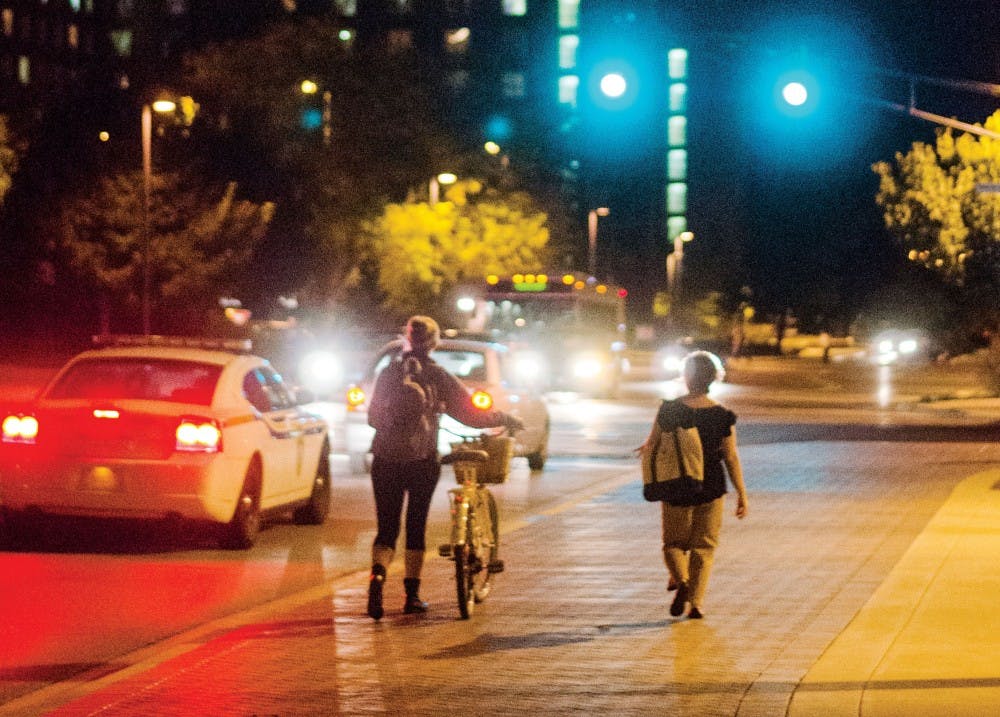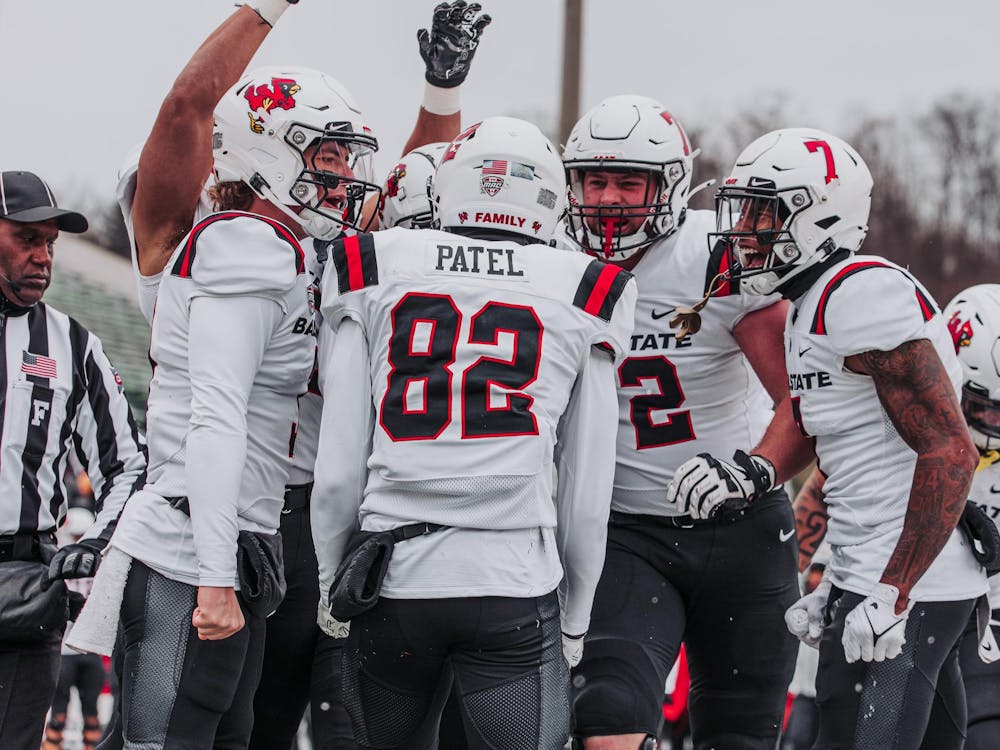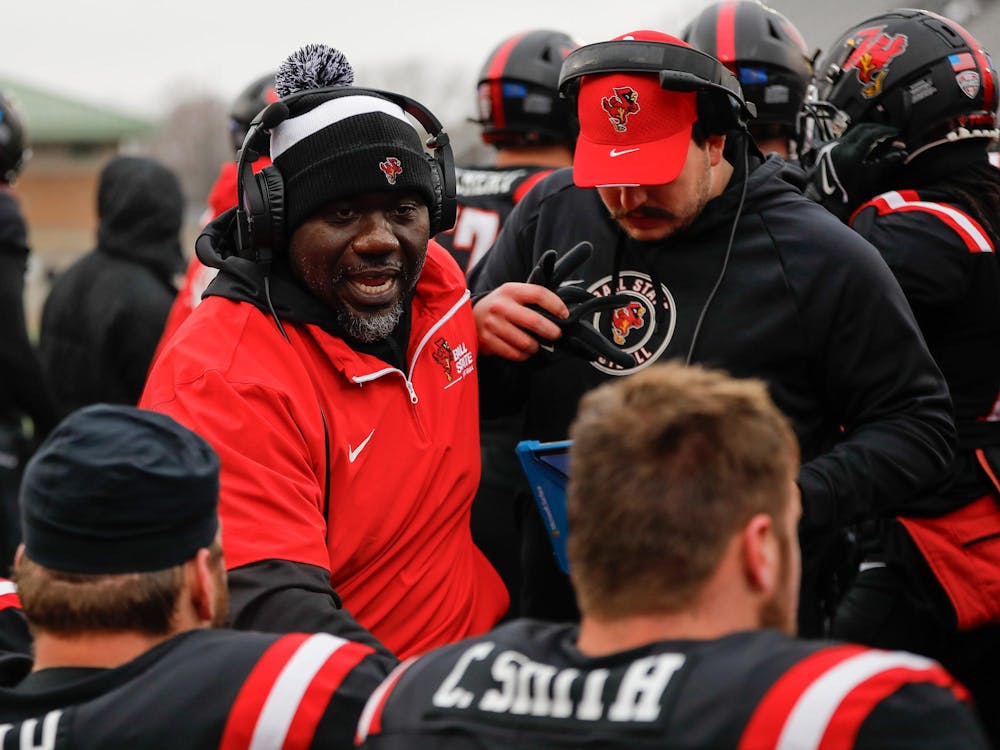Editors note: A previous version of this story reported Jim Lowe said “While Lowe said the sidewalks were not specifically made wide enough for a vehicle to fit on, the average motor vehicle is around six to seven feet wide, which could make a vehicular attack at Ball State possible.” Since, the article has been changed to reflect Lowe's original quote, "Lowe said sidewalks were not specifically made wide enough for a vehicle to fit on."
In response to recent vehicular terror attacks, Ball State officials are encouraging vigilance and awareness from students.
Police said the attack led by Sayfullo Habibullaevic Saipov, who drove a truck down a bike path in New York Oct. 31, is the most recent in a trend of vehicular terrorist attacks in the United States.
In November 2016, Abdul Razak Ali Artan rammed his car into a group of people at Ohio State University. Eleven were hospitalized as a result of the attack.
“You have to be cognisant of what’s going on around the world. If you see that people are using trucks to injure people, you have to look at that,” said Ball State University Police Chief Jim Duckham. “You have to be prepared for what’s going on around you.”
While the university doesn’t have a specific strategy to respond to truck terror attacks, Duckham said it would be unlikely that an attack could occur here, but students should pay attention to the people around them, watch out for odd behavior and always be conscious of where all the exits in buildings are.
“Depending on the type of incident, we kind of cater the response,” Duckham said. “If it’s a fire, the response would look different than for an active gunman. But the incident command system we have in place will be pretty consistent.”
Ball State’s sidewalks were constructed seven to eight feet wide, said Jim Lowe, associate vice president for facilities planning and management.
“They’re built bigger because you wouldn’t want them so small that you can’t get two or three people crossing one another ... but the reason is more so snow removal,” Lowe said.
While Lowe said the sidewalks were not specifically made wide enough for a vehicle to fit on.
However, since the average motor vehicle is around six to seven feet wide, there could be a vehicular attack at Ball State.
Instructor of criminal justice and criminology Brandon Murphy, says that the number of attacks each year is increasing in the United States.
“It’s fair to say that these sorts of attacks are increasing in their quantity and increasing in the number of people hurt and injured in each individual attack,” Murphy said.
However, Murphy doesn’t think Muncie is a city that particularly needs to worry about vehicular terror.
“Nothing about Muncie, Indiana or Ball State would stand out to make it vulnerable … but every city is vulnerable,” Murphy said. “When you’re in places with a number of other individuals, you should be vigilant about your own safety.”
Universities, generally, have places where students congregate, which makes them a likely target for such attacks.
“I don’t think it’s a situation where people should change the way they travel or the places that they go, but I think it’s worthy to know people should be vigilant in public places,” Murphy said.
Contact Henry Davis, II with comments at hldavis5@bsu.edu.





